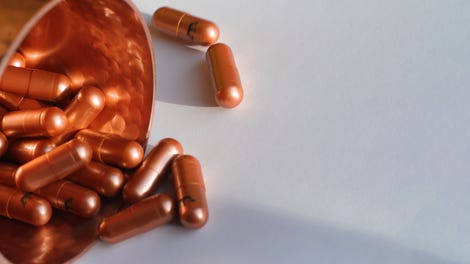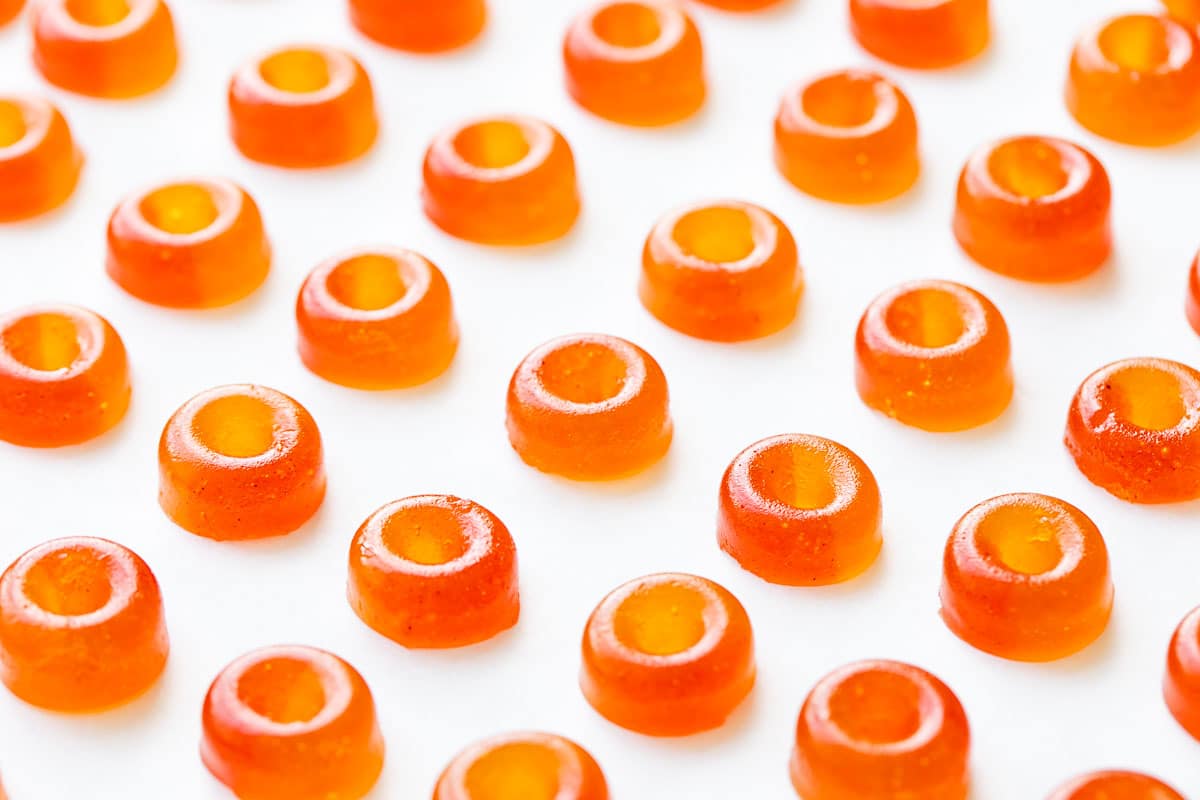Don't Use Detergent on Your Rain Gear (Do This Instead)
You really only wear your waterproof gear when it’s raining, so you could be forgiven for thinking it’s not something you need to wash all the time. It’s practically getting a rinse every time you put it on, right?...

Photo: Jaromir Chalabala (Shutterstock)
You really only wear your waterproof gear when it’s raining, so you could be forgiven for thinking it’s not something you need to wash all the time. It’s practically getting a rinse every time you put it on, right? If only. As it turns out, the more water your raincoat keeps off of you, the less it will work over time. Per REI, this is called “wetting out”: If the exterior of your waterproof jacket is soaking up water in the rain rather than beading up (due to things like dirt, oil from your skin, sunscreen, and other contaminants), its breathable layer has stopped working and the water-repellant system is compromised. Your coat needs a wash right away, but that is easier said than done.
How to wash rainwear
First, locate any obvious dirt caked to the outside of the slick surface. It is easy to remove this; just brush it off or wipe with a damp paper towel, according to Lands’ End. If your coat is plastic (which a lot of kids’ raincoats are) you can use a soapy sponge. Getting rid of the simple problems early helps you focus on the more complex steps down the line. Zip up all your pockets, fasten any closures, and rinse off the dirt.
In the event you’re dealing with a truly grimy coat, fill your sink with water and add half a cup of baking soda. Soak it for about an hour, rinse it, and hang it to dry.
According to REI, household detergents leave residue on slick surfaces, which can actually causes “wetting out.” Before washing a rain jacket in your washing machine, you need to clean any leftover detergent from the dispenser inside of it. Then, read the label in your garment for exact instructions on how to wash it, but keep in mind that will probably need a specialized detergent. The most well-known and popular of these is Nikwax Tech Wash. Lands’ End points out that your garment may say it’s safe for use with regular detergent, but in cases like that, you should still choose one that is made for delicates and is. bleach-free, plus avoid fabric softener altogether.
G/O Media may get a commission

health
The Lyma Supplement
10 ingredients. One super-supplement.
Lyma makes the next generation of supplements—peer-reviewed and formulated to unlock your potential.
Reading the care instructions on your garment and the detergent you choose is important, but most manufacturers, like Jan and Jul, recommend hanging your clothing to dry no matter what. Other than that, you should be fine doing this in the washing machine once you get rid of any lingering detergent from past loads. Be cautious, however, and only wash about two mid-sized rainwear items at the same time.
How to re-waterproof rainwear
Maybe the most crucial step to washing rainwear is making it waterproof again. REI notes you may not always need to, especially if the garment stops wetting out after a simple wash, but if you see signs that it’s not all the way back to water-repellant status or you just think it’s necessary, you can easily re-proof it. Nikwax also makes a product for this, known as a DWR—durable water repellent—formula. Read the instructions for whether you wash your DWR in or spray it directly onto the garment.
If your coat has a liner, you need the spray version of the DWR no matter what; it can’t be put back in the washer for waterproofing, per the New York Times. Instead, you’ll have to hang the wet garment up and spray it by hand. Take special care around areas where the coating tends to rub off, like backs of shoulders, elbows, and cuffs. Saturate it fully and make sure to check that you left no dry spots.
Whether you waterproof the jacket in the wash or not, don’t forget you shouldn’t put it in the dryer. Instead, hang it up to dry and expect that to take about 24 hours. (Just hope it doesn’t rain in the meantime.)

 KickT
KickT 

































